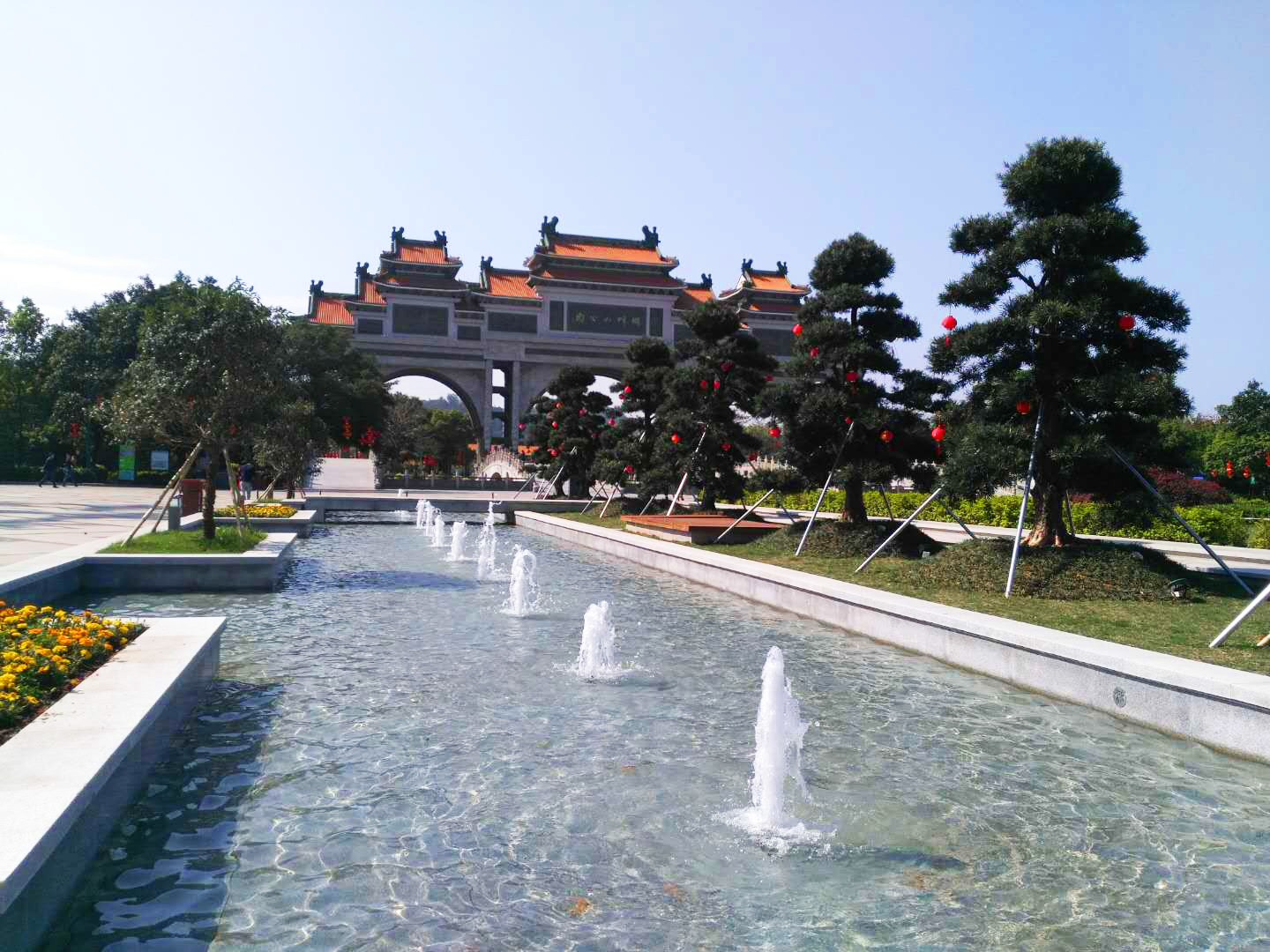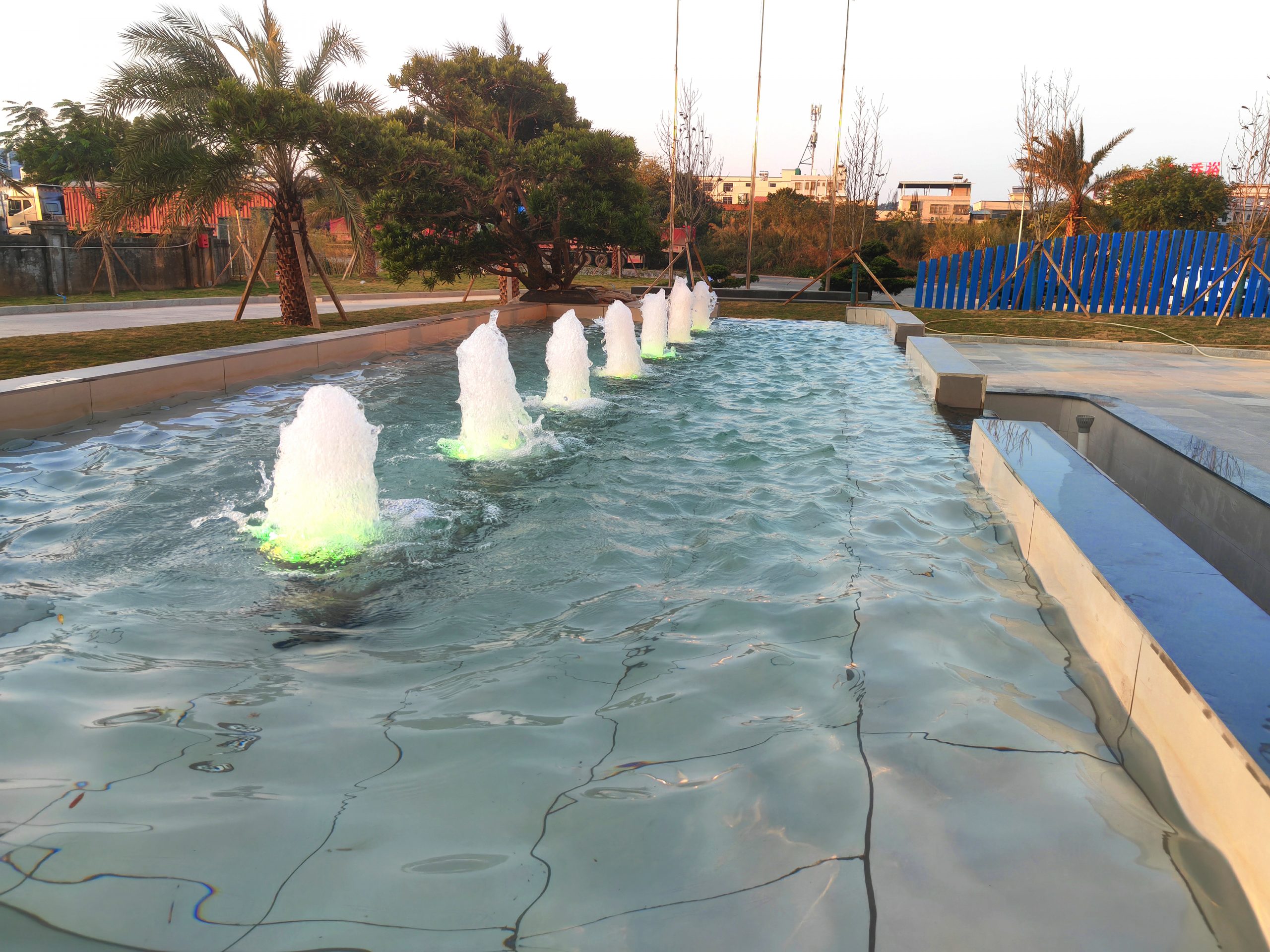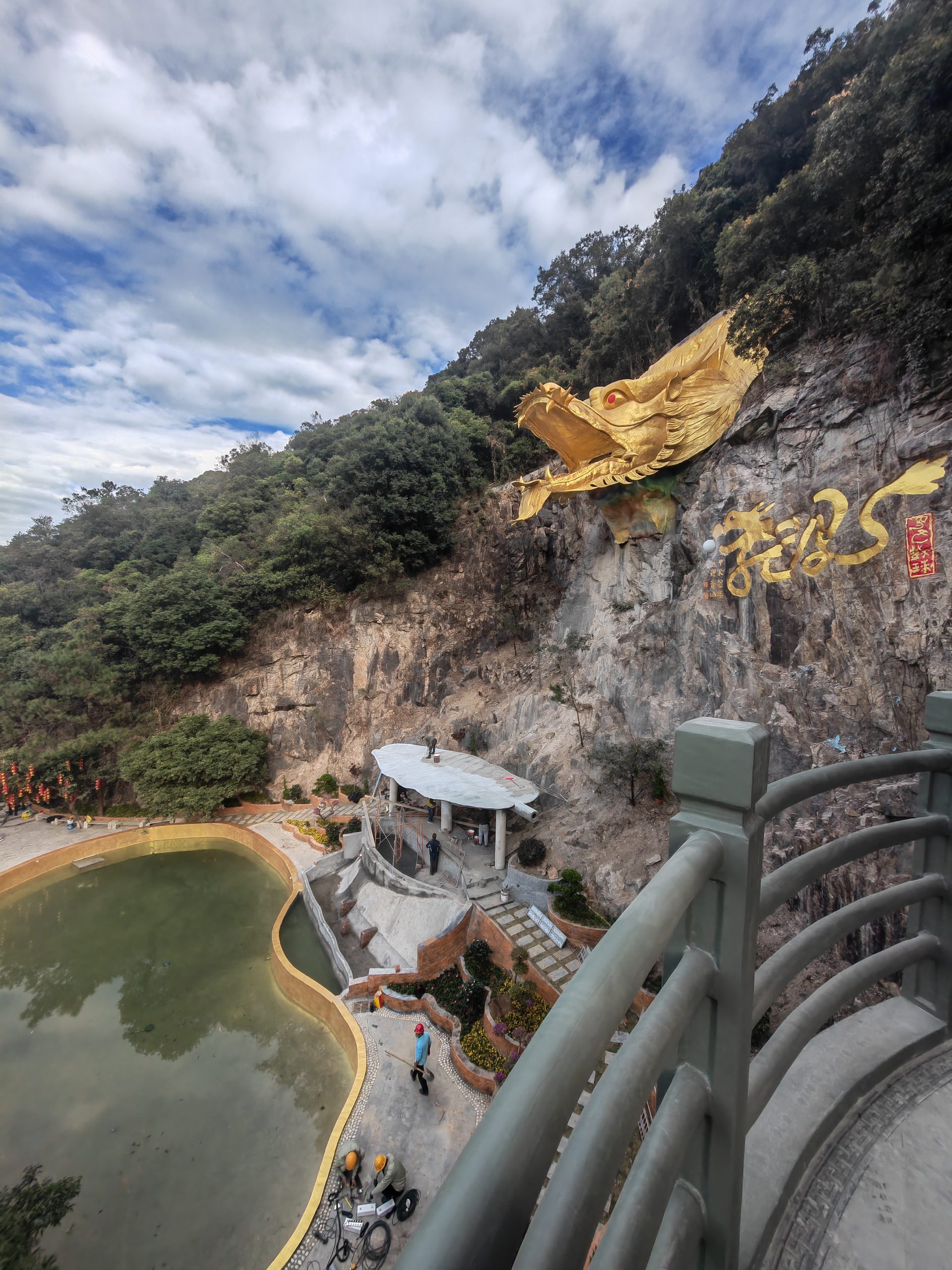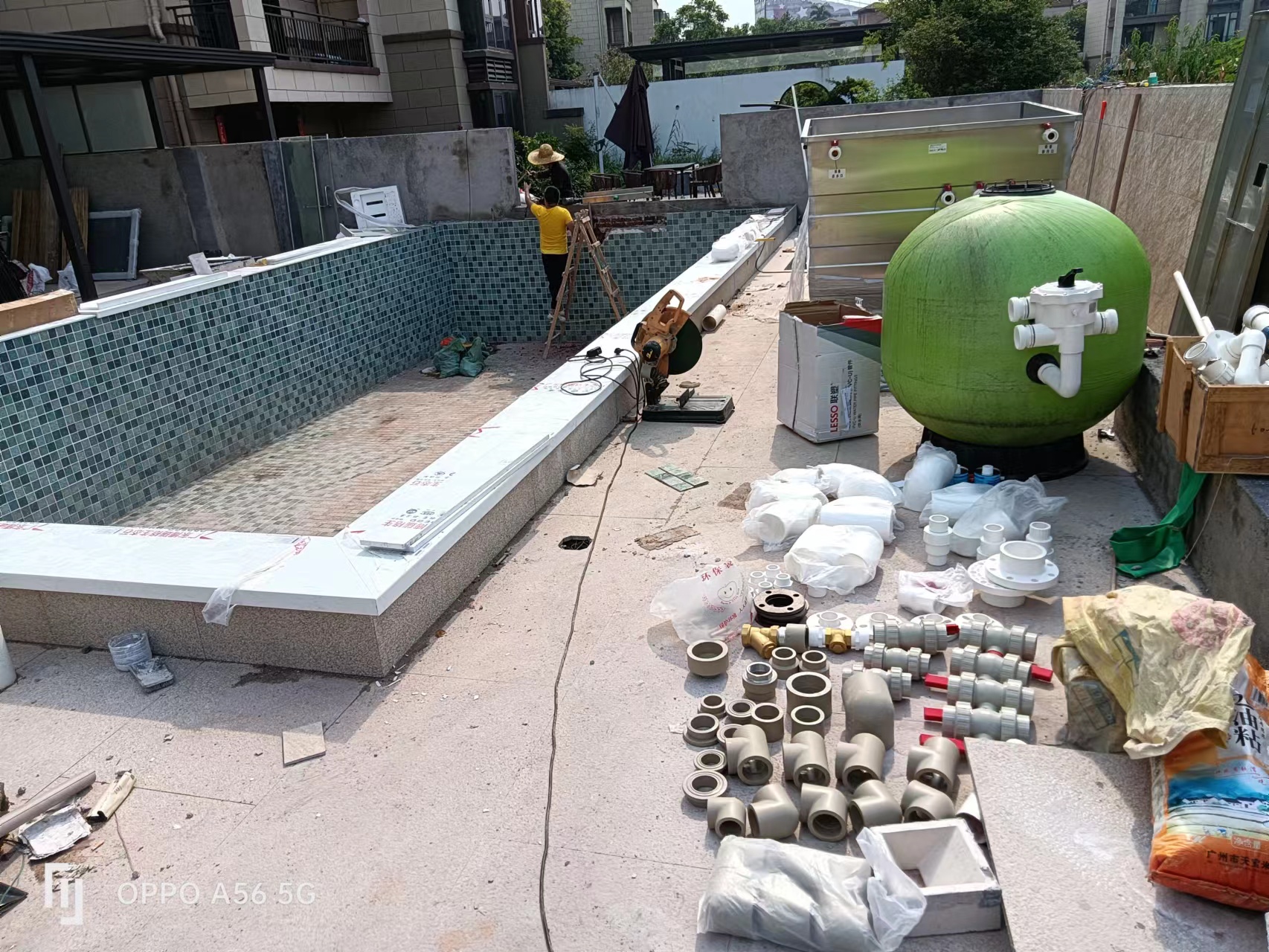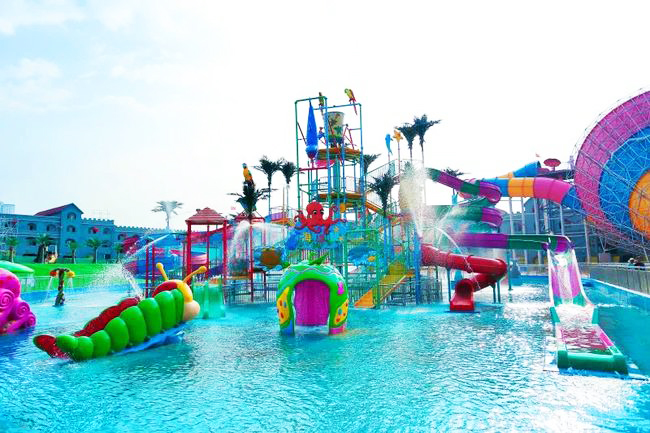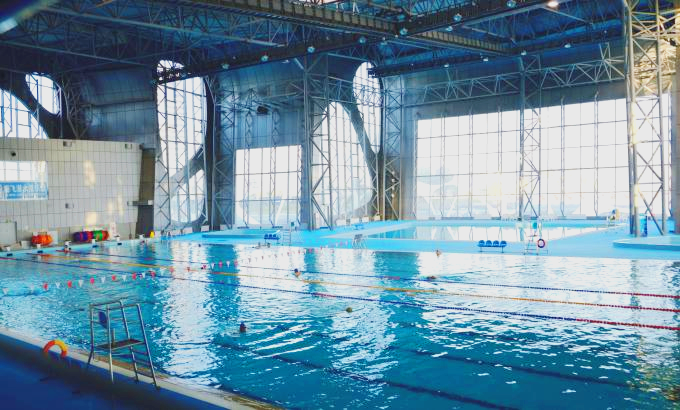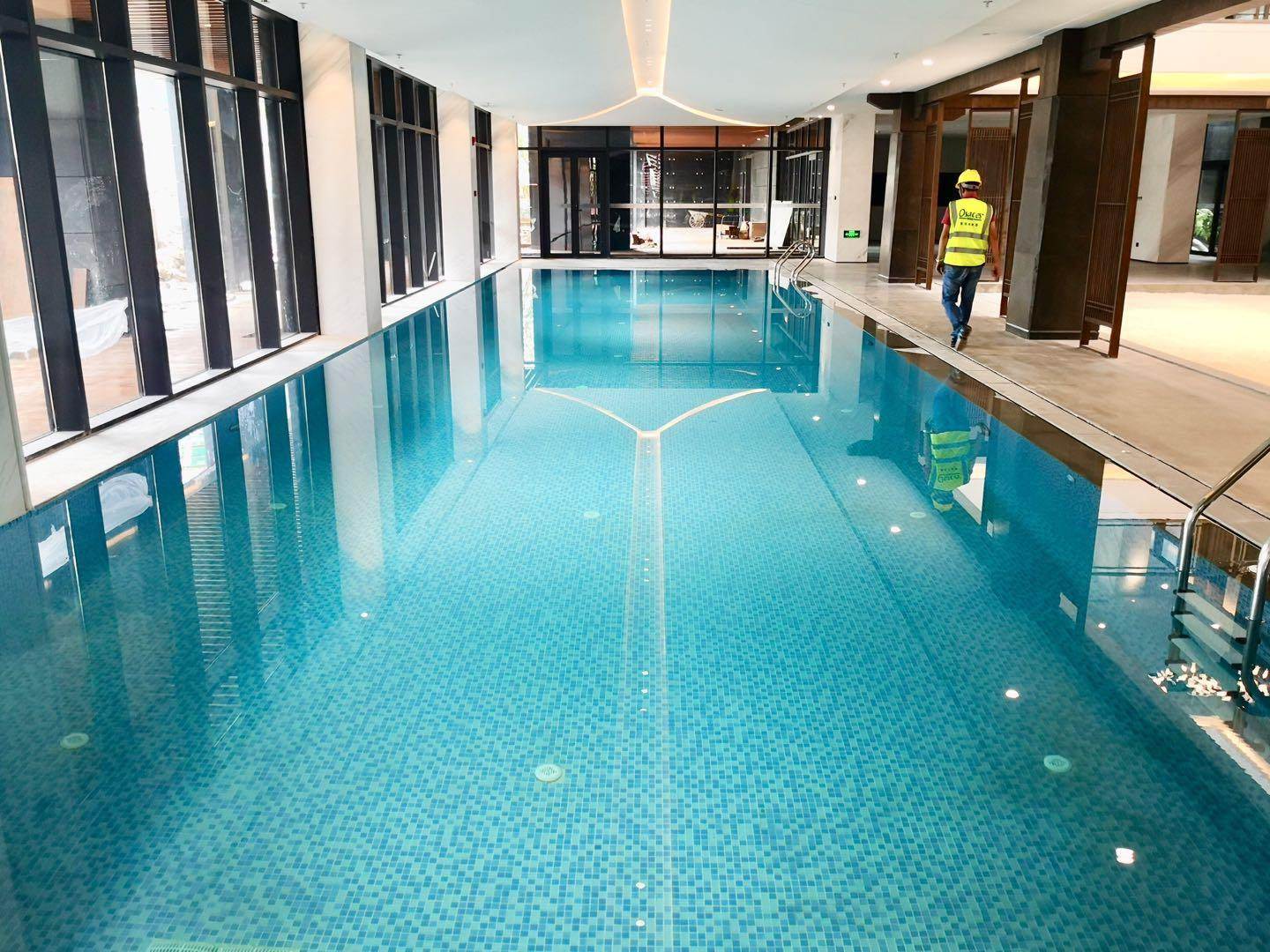common problems
contact details
 Ollies (Guangzhou) Recreation and Sports Equipment Co.
Ollies (Guangzhou) Recreation and Sports Equipment Co.Tel: (020) 82686289
Fax: 020-82694853
Headquarter: No.31-37, Xincun 2 Road, Shangjiang North Street, Dongzhou Village, Xintang Town, Zengcheng City, Guangzhou, Guangdong, China
Homeostatic regulation of fish pond water quality: a systematic solution based on nitrification kinetics and nutrient thresholds
A crystal clear fish pond is not only a visual treat, but also a visual representation of a healthy ecology. The transparency of the water directly reflects the stability of the fish pond ecosystem - it is like a mirror, reflecting the delicate balance between microorganisms, fish, plants and the inorganic environment in the water. However, many fish pond owners are often caught in the predicament of "the more efforts, the more turbid": frequent water changes, the abuse of pharmaceuticals, excessive cleaning ...... These practices often treat the symptoms but not the root cause, and even destroy the self-purification ability of the ecosystem.

In this article, we will put aside the fragmented "biased prescriptions", from the underlying logic of the ecological cycle, combined with scientific parameters and practical details, to reveal a set of sustainable water quality management program for you. Whether you are a new hobbyist or an experienced player who wants to optimize your existing system, you will find a solution that takes into account both efficiency and the laws of nature. Keeping the water in your fish pond crystal clear requires a combination of water quality management, filtration systems, biological balance, and routine maintenance. Below are specific methods and steps:
1. Establishment of an efficient filtration system
- physical filtration: Use filter wool, brushes, etc. to intercept large particles of impurities such as fish waste and bait. Clean or replace the filter media regularly.
- biofiltration: Cultivate nitrifying bacteria using ceramic rings, bacterial houses, etc. to break down ammonia, nitrites, and other harmful substances in the water.
- chemical filtration(Optional): Activated carbon, protein cotton, etc. can adsorb coloring and drug residues, but need to be replaced regularly.
suggestion: Select a filter that matches the capacity of the fish pond (pump flow rate to circulate the total fish pond water at least 1-2 times per hour).
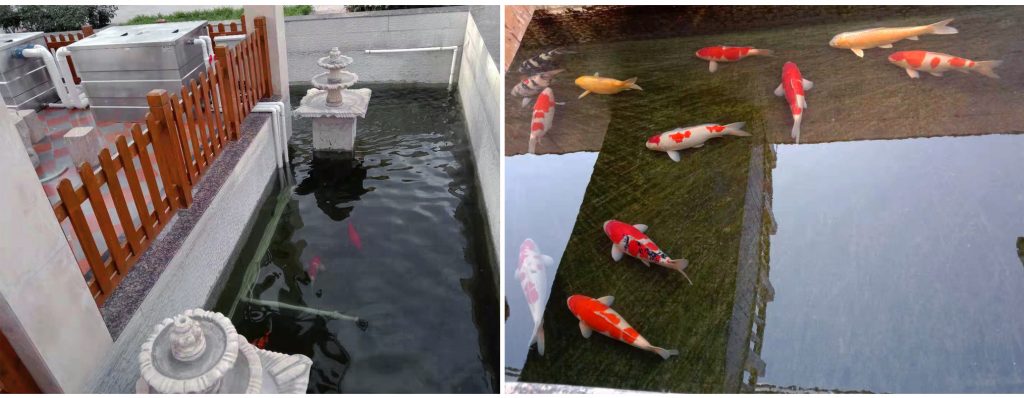
2. Maintaining water circulation
- Install a proper pump to ensure even water flow and avoid dead spots.
- Wave pumps or fountains can be added to enhance dissolved oxygen and water circulation.
3. Controlling the number of fish and how much they are fed
- Density control: Excessive numbers of fish can lead to excessive excreta, and it is recommended that no more than 5-10 cm body length fish be kept per ton of water.
- Reasonable feeding: Avoid overfeeding, residual bait will pollute the water. Eat up within 5 minutes after feeding.
4. Planting of aquatic plants
- Plants (e.g. water lilies, water hyacinth, calamus) absorb nutrients such as nitrogen and phosphorus from the water and inhibit algae growth.
- Note: Plants take up no more than 1/3 of the water surface to avoid contamination from decay.
5. Use of ultraviolet germicidal lamps (UV lamps)
- Installing UV lights kills free algae spores and pathogenic bacteria in the water, reducing green water (algae outbreaks).
- take note of: The UV lamps need to be linked to the water pump, and the water flow slowly through the sterilization area to avoid direct irradiation of fish and nitrifying bacteria.
6. Regular maintenance
- water change: Weekly water changes of 10-201 TP3T, new water needs to be dechlorinated in advance (exposure or use of water stabilizers).
- cleanse: Fish droppings and leaves are fished out in a timely manner, and filter cotton is cleaned regularly (rinsed with fish pond water to avoid destroying nitrifying bacteria).
- Bottom bed management: If there is silt on the bottom of the pool, clean it regularly with a sand washer to prevent the accumulation of spoilage.
7. Shade and protection from light
- Algae needs light to grow, so reduce direct light with shade nets, floating weeds or planting shoreline trees.
8. Testing of water quality
- Regular testing of pH (6.5-8.5), ammonia (<0.02mg/L), nitrite (<0.2mg/L) and nitrate (<50mg/L).
- Monitor using water quality testing agents or electronic instruments to adjust management practices in a timely manner.
9. Introduction of instrumental biology
- Stock snails (e.g., apple snails), scavenger fish, and black shell shrimp to help clean up algae and bait residue.
10. Avoidance of chemical abuse
- Dechlorinators and water purifiers can be used in emergencies, but long-term reliance can upset the ecological balance.
Handling of common problems
- hydrochloric acid (chemistry): Reduce light exposure, increase physical filtration, use UV lamps.
- turn pale: It is possible that the nitrification system is not established, suspend water changes and add nitrifying bacteria.
- yellowing of water: Check for rotting plants or overfeeding, add activated charcoal for adsorption.
With the above methods, combined with patient maintenance, a stable ecosystem can usually be established in 2-4 weeks and water clarity can be achieved. The key points areBalancing inputs (fish, feed) with outputs (filtration, plant uptake), maintaining a virtuous cycle.
Related content
- Ministry of Ecology and Environment Releases Scoring Rules for Water Ecology Assessment Indicators in the Yangtze River Basin (for Trial Implementation)
- Homeostatic regulation of fish pond water quality: a systematic solution based on nitrification kinetics and nutrient thresholds
- Koi Pond Maintenance and Protection Guide during the Rainy Season | The Veteran Driver's Handbook of Dampness and Disease Prevention
- Pool water circulation system maintenance guide, goodbye to cloudy water quality to create four seasons of translucent "liquid sapphire".
- From zero to professional: a complete guide to pool equipment configuration that even a beginner can understand
- The Golden Ratio of Swimming Pool Ventilation and Dehumidification Systems: The Balancing Act of Airflow, Humidity and Energy Consumption
- Specific benefits of dehumidifiers for new swimming pools
